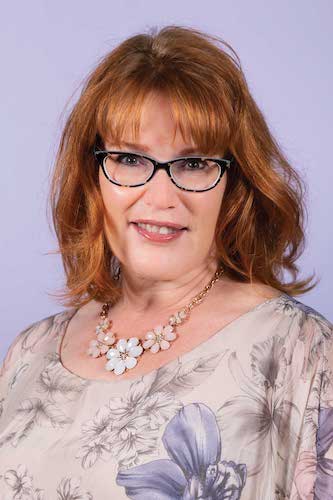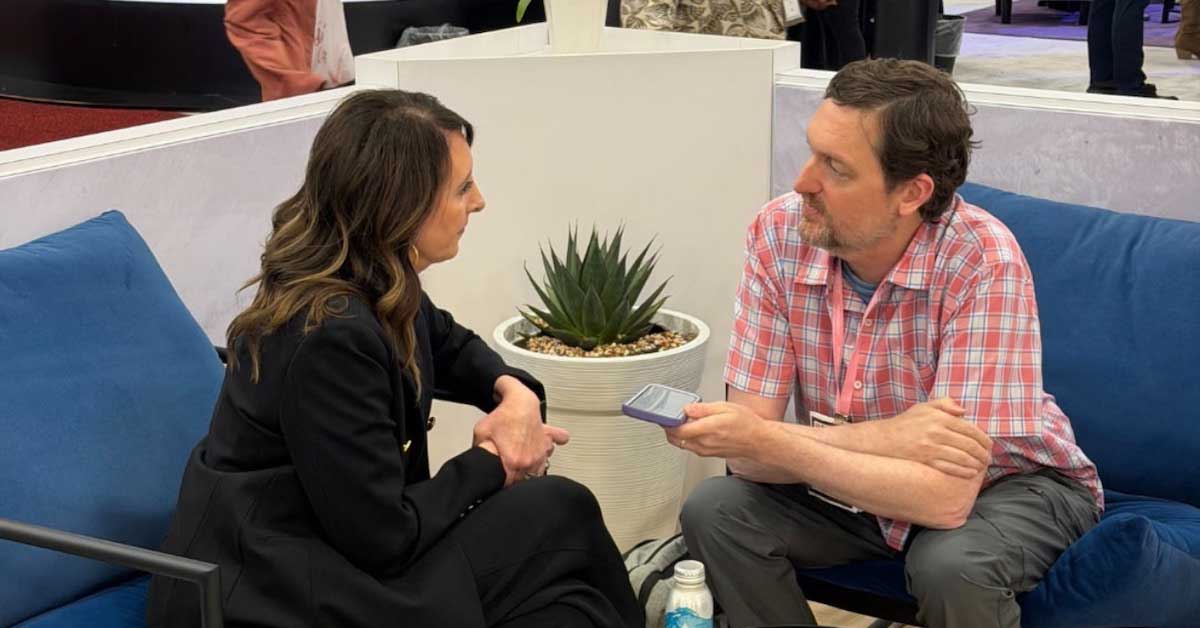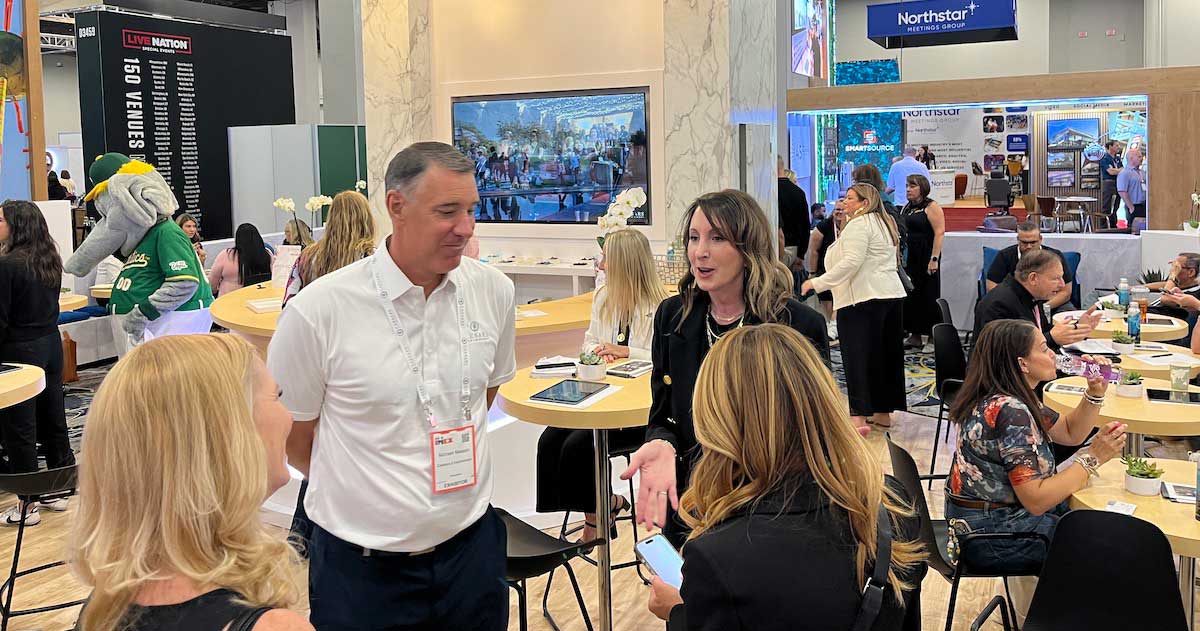The meeting industry will come together to celebrate Global Meetings Industry Day (GMID) on March 30, but did you know that a day now recognized and celebrated by meeting professionals around the world began in Canada?
The first official National Meetings Industry Day was held in Canada in 1999. This followed local and regional events hosted by Canadian MPI chapters and conversations about elevating the celebration to a national level by the MPI Canadian Council—eventually leading to the first GMID in 2016.
As we get closer to GMID 2023, we’re honoring some of the MPI members in Canada who led volunteer efforts in the 1990s and understood before many others why the importance of our industry and its monetary and intrinsic value needed to be understood by governments and business.
Today, we chat with Kathy Fortier from the MPI Greater Calgary and Greater Edmonton chapters.

Tell us about your role (chapter or regional) in MPI Canada in the 1990s.
I was involved in the Greater Calgary Chapter in the 90s at the beginning of my career. I started on an education committee for one year, and then was the vice president of finance for three years. In 2000, I moved back to Edmonton and immediately got involved with the Greater Edmonton Chapter. I was the chapter administrator for a couple of years, and then also the vice president of finance for a couple of years. I took a long break from the board and then came back and resumed my role as VP finance. Currently, I assist with membership renewals for the Greater Edmonton Chapter.
What is your role in the meeting industry today?
I have been extremely fortunate to have many different roles within the industry. I started my career as a not-for-profit association planner for nine years, moved to the venue supplier side for five years as an in-house planner. I was also an independent planner with a local company for two years and have moved back to a not-for-profit organization for the past 16 years. This experience has allowed me to be well versed in all areas of planning from both sides. This brings a unique skill to the negotiating table and also allows me to educate my employer on the supplier’s perspective.

Can you share a fond memory about your MPI involvement from that era?
As a new planner to the industry, I was in awe of all the senior planners around me. I was so grateful for the mentorship that these professionals would generously and graciously provide. It was during this time that I pursued my CMP designation. We were one of the first cities to have an exam site that was not held at the yearly convention. The planners from Edmonton that were also writing the exam came to Calgary and we were all in the same room at the convention centre writing our CMP exam. The support and encouragement that we received from the local chapter was so valuable. The energy in the room that day was palpable.
What was a big misconception about the meeting planning profession in the 1990s that has changed (or hasn’t changed) over the years?
You would never have found a job position for a meeting planner back in the 90s. It just didn’t exist. I think there was a lot of education that took place over the years to have employers recognize that meeting/event planning is a full-time job and has its own unique skill set. The CMP and CMM designations have assisted in broadening the awareness of the meeting planning profession. It has been elevated from “birthday party planner” to corporate planner taken seriously.
Why was it a priority to you to raise awareness of our industry’s importance?
I think similar to how I answered the above question. The awareness and stereotype of a “meeting planner” has shifted and in a very important way. It is moving in the right direction.
What change would you still like to see?
Education, education, education. We need to continue to educate. MPI does an incredible job and we as meeting/event professionals need to continue to be an advocate for our industry.







